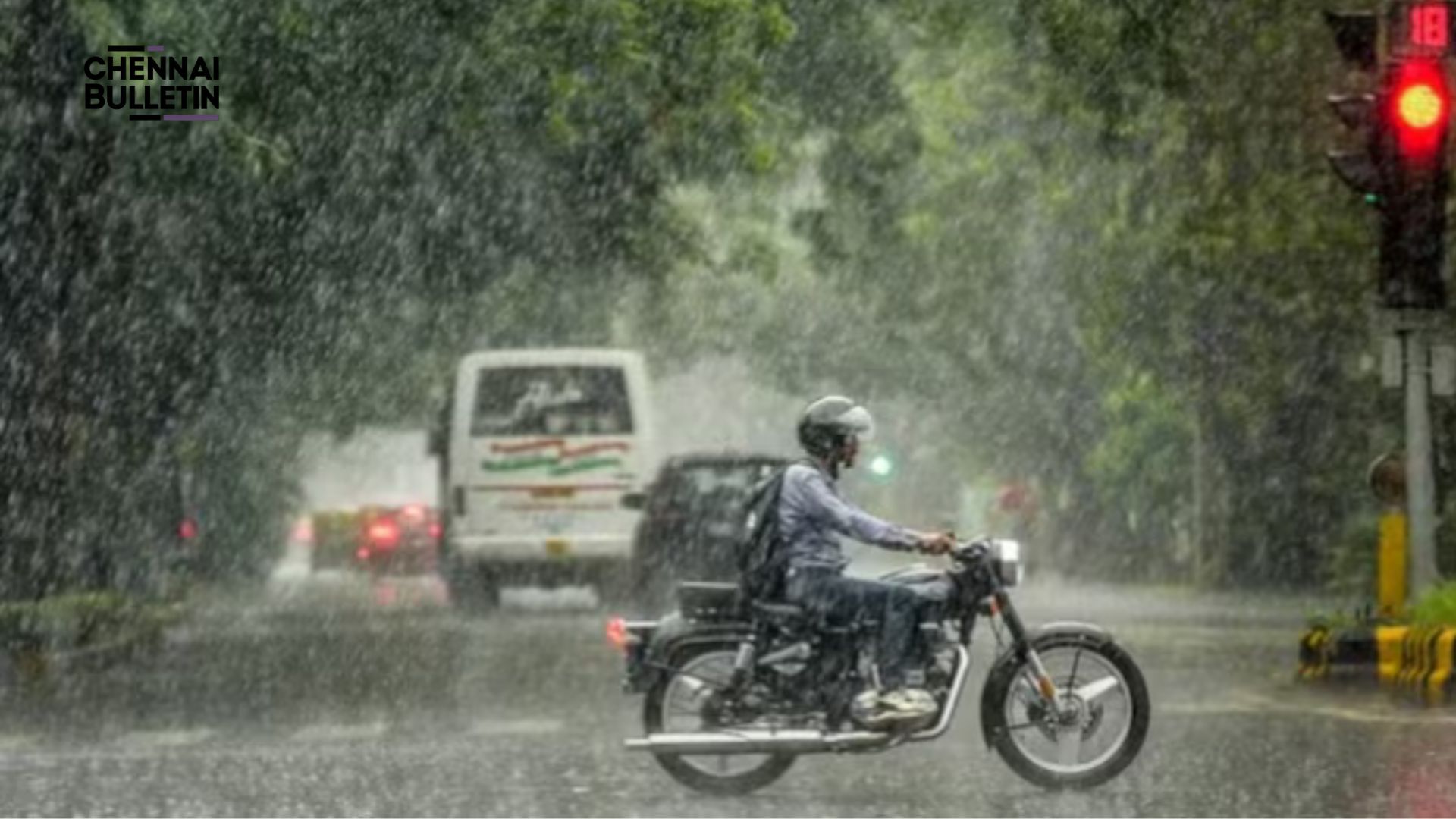Chennai is gearing up for another wave of heavy rains. This comes as the city’s reservoirs are reaching near full capacity. Currently, they are at approximately 86% full. The situation is alarming, given the recent rain events linked to cyclone Fengal and a low-pressure area that affected the city last week.
Current Rainfall Situation
Since the Northeast monsoon began on October 1, Chennai has experienced significant rainfall. The city has received nearly 97 cm of rain, which is about 30% more than the usual amount for this time of year. This has created concerns among residents and local authorities. The Poondi reservoir is at a particularly high level, now at 97.7%. Other key reservoirs also show high storage levels. The Chembarambakkam reservoir is at 94.7%, and the Puzhal reservoir is at 89.3%. Veeranam reservoir has reached 79.4%, while Cholavaram stands significantly lower at 25.9%.
These levels of water storage, combined with the forecast for more rain, dramatically increase the risk of flooding in low-lying parts of the city. Local experts have raised alarms about waterlogging in various neighborhoods.
Risk of Flooding
The combination of near-full reservoirs and anticipated rainfall raises serious concerns. Weather bloggers and experts stress that Chennai faces a heightened risk of waterlogging. This risk is more pronounced now compared to previous rainfall events this year. The approaching weather system is expected to be significant. Flood management systems will likely face immense pressure in managing the rainfall’s impact. Predictions suggest moderate to heavy rain along the North Tamil Nadu coast in the coming days.
December 18 and 19 are of particular concern, as forecasts indicate they will bring heavy rainfall. Weather blogger Raja Ramasamy pointed out that rain might decrease on December 20 as the weather system moves northward. However, the immediate forecast remains troubling. The city’s infrastructure will need to cope with the volumes of rain expected.
City Responds with Preparedness Plans
Despite the grim forecasts, city officials are optimistic. They are taking various measures to ensure the city can manage a flood situation. The Greater Chennai Corporation (GCC) has established 300 relief centers throughout Chennai. These centers are particularly concentrated in low-lying areas more susceptible to flooding.
Officials reassure the public that, though extreme rainfall is not forecasted, they are prepared for any escalation in conditions. A GCC official emphasized the city’s readiness by stating, “We have the necessary infrastructure in place to handle relief efforts, and we remain vigilant in case of any sudden changes in the weather.”
Drainage and Flood Management Efforts
Part of the city’s readiness includes coordinated efforts to clear drainage systems. Authorities are working to ensure that stormwater can be directed away from vulnerable areas. This will help minimize flooding should heavy rains occur.
Despite these preparations, officials urge residents to stay alert. Individuals living in areas prone to flooding must take precautions. They are advised to remain aware of weather updates and to be prepared to act if conditions warrant.
Monitoring Weather Patterns
Simultaneously, experts are closely watching weather patterns. They are tracking the movement of the low-pressure system that could impact Chennai. Even though the city has weathered previous storms relatively well, experts warn that the final phase of the monsoon season could still be challenging. The lingering threat of flooding remains as the city braces for potential heavy rains this week.
Community Vigilance and Safety
Community vigilance is essential during this time. Local authorities encourage everyone to stay informed about weather predictions and developments. Local media and weather reporting agencies are providing updates to assist residents in making informed decisions. Authorities are also recommending emergency preparedness kits to be on hand.
Chennai’s residents should take the necessary precautions, especially those in flood-prone areas. It is important for them to be ready for possible evacuations if conditions worsen quickly. Community awareness is vital, and individuals are encouraged to assist neighbors, particularly the elderly or those unable to prepare for themselves.



